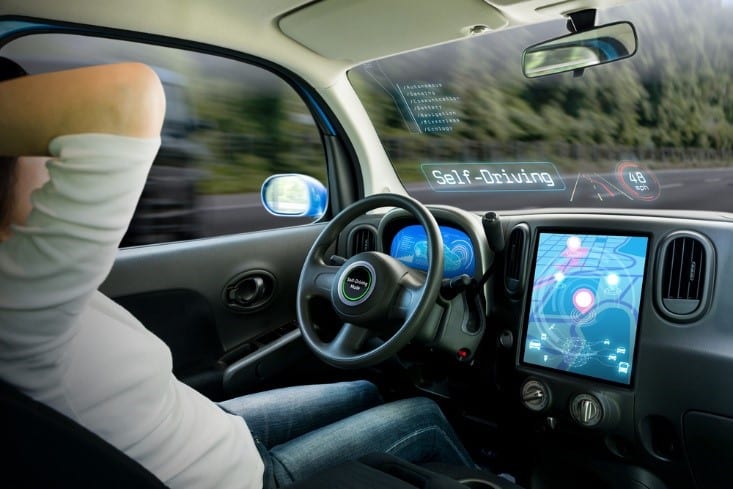Food E-commerce
One of the big industries developing right now is food e-commerce. While online sales have grown enormously over the past decade or so when it comes to clothing, books, gifts, and other consumer goods, fast consumables have still been purchased mostly in traditional brick-and-mortar stores. This is rapidly changing. Now that consumers are comfortable with and understand e-commerce, there is much more interest in purchasing groceries and other food items over the net. In addition, with increasing time poverty and long working hours, the convenience of having food delivered to the door is winning over more and more shoppers. Another reason why this field is growing is that there is better distribution available. Today, it’s easier for businesses to get foodstuff from warehouses to customers’ homes and/or workplaces. Plus, there’s growing interest in a niche, gourmet ingredients, which often aren’t found in traditional grocery stores. This stems in large part from all the specific, unusual ingredients gourmands learn about from cuisine-based reality TV shows, plus blogs, Instagram, and other social media sites.
AR and VR
Augmented reality (AR) and virtual reality (VR) are also skyrocketing. The successful launch of the Pokemon Go app showed businesses just how much can come from combining tech, gamification, stories, and more. The market is ready for AR and VR, so this sector of tech is growing. Based on information released in one report, the global augmented reality industry is predicted to be worth a massive $134 billion by 2021, while the virtual reality market is set to reach $75 billion in the same time frame. Over the last few years, AR has mostly been used on tablets, smartphones, and apps. However, soon it will become more commonplace in the design of hardware components. For instance, it is predicted to be used in displays, sensors, input devices, processors, contact lenses, and many other products. As for VR, headsets have been quite popular with gamers for some time, but the technology is moving into other areas. For example, we should see it being integrated into education, digital marketing, safety testing, therapy services, job training, and many other industries.
Auto Tech
Over the last few months, there seem to be articles published almost every week about the advancements happening in the world of auto tech. This sector is booming at the moment, particularly when it comes to self-driving technology. Big tech behemoths such as Tesla and Google have already invested in the industry, and many other firms are hopping on board too. As a result, autonomous vehicles are a key development and likely to be everywhere on the roads in a matter of years — if not months. Billions of dollars are being invested in auto tech because of its many benefits, for both individual consumers and companies. For example, roads will likely be safer once computers are controlling cars instead of humans since most accidents are caused by human error. Plus, driverless vehicles enable people to use their commute times to work, make phone calls, and otherwise be more productive. For businesses, financial savings are key since firms should be able to save on wages they’d normally spend on drivers handling deliveries. Furthermore, with autonomous vehicles plugging into the internet to choose routes, they can look ahead and discover where there’s traffic congestion or other issues on the roads. In turn, this leads to time savings and petrol savings.
Content Marketing
Content marketing continues to grow thanks to technology. For a number of years, many organizations have focused on content creation due to rankings on Google and other search engines, and today’s tech advances mean content can be used to achieve other great results. For example, due to Big Data, analytics, and software programs, companies can personalize their content to best suit different target markets and a range of marketing avenues. This, in turn, means they get better click-through rates and conversions. Tech-based content is today much more interactive, which enables two-way communication between shoppers and firms.

